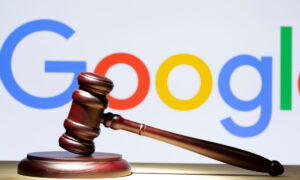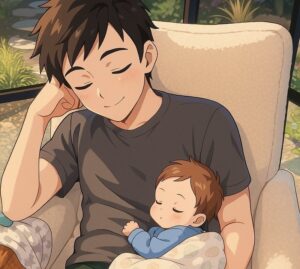AI Art Inspired by Studio Ghibli Sparks Controversy Online

OpenAI’s Studio Ghibli-Inspired AI Art Sparks Controversy Online
Background of the Situation
Recently, OpenAI has ventured into the exciting world of digital art, drawing inspiration from the beloved Studio Ghibli films. These animated classics are known for their enchanting stories and whimsical visuals. However, this innovative exploration has triggered a significant backlash across various online platforms. Many fans and critics have raised concerns about the implications of using AI to replicate the distinctive style that defines works from Studio Ghibli.
The Response from Fans and Critics
Emotional Attachment to Studio Ghibli’s Aesthetic
Studio Ghibli, founded by renowned directors Hayao Miyazaki and Isao Takahata, has developed a devoted following over the years. The films produced by the studio not only resonate with audiences but evoke nostalgia and deep emotional connections. When AI-generated art mimics this unique style, fans often feel that it undermines the authenticity and artistry behind the originals.
Concerns Over Copyright and Intellectual Property
One of the main issues raised is the potential infringement on copyright and intellectual property. The artists behind Studio Ghibli have spent years honing their craft, and the concern is that AI art may undermine their efforts. Critics argue that utilizing AI to create art in a recognizable style poses ethical questions about the rights of the original creators and the originality of the new works produced by AI tools.
Breakdown of the Controversy
Potential Misrepresentation
AI-generated art can sometimes misrepresent the themes and narratives that original artworks convey. While the technology can mimic visual aspects effectively, it often lacks the depth and emotional nuance that comes from human experience. This raises questions about whether AI-created works can truly capture the essence of what makes Studio Ghibli films special.
The Role of AI in Creative Industries
The increasing use of AI in creative fields, such as art and music, calls into question the future of human artists. Where do we draw the line between inspiration and imitation? Critics argue that certain tools should be constrained to support artists instead of replicating their unique styles. This unease stems from a broader conversation about the role of technology in creativity and how it might affect job opportunities for artists.
The Changing Landscape of Digital Art
Celebrating Innovation vs. Staying True to Tradition
On one hand, AI art represents a fascinating advancement in technology that allows for new avenues of creativity. Many artists are now exploring how to use AI to augment their work, viewing it as a tool rather than a replacement. This approach can lead to collaborations where the strengths of both human and artificial creativity come together.
The Importance of Artist Input
Several artists believe that the best output from AI comes when human artists actively engage with the technology. By providing direction, feedback, and personal touches, they can maintain the integrity of their work while benefiting from the unique capabilities of AI. This collaborative approach can foster a more harmonious relationship between traditional and digital art forms.
Future Implications
The controversy surrounding OpenAI’s Studio Ghibli-inspired art serves as a reminder of the evolving dynamics between technology and creativity. As AI tools become more prevalent, artists, critics, and audiences will continue to navigate these complex waters. The ongoing dialogue about creativity, originality, and the ethical considerations of artificial intelligence in art will surely shape the future of both fields.
In summary, while AI technology presents exciting opportunities, it also invites a range of significant concerns that need to be addressed. Maintaining a balance between innovation and respect for artistic heritage will be vital as we continue to explore the intersection of art and technology.




